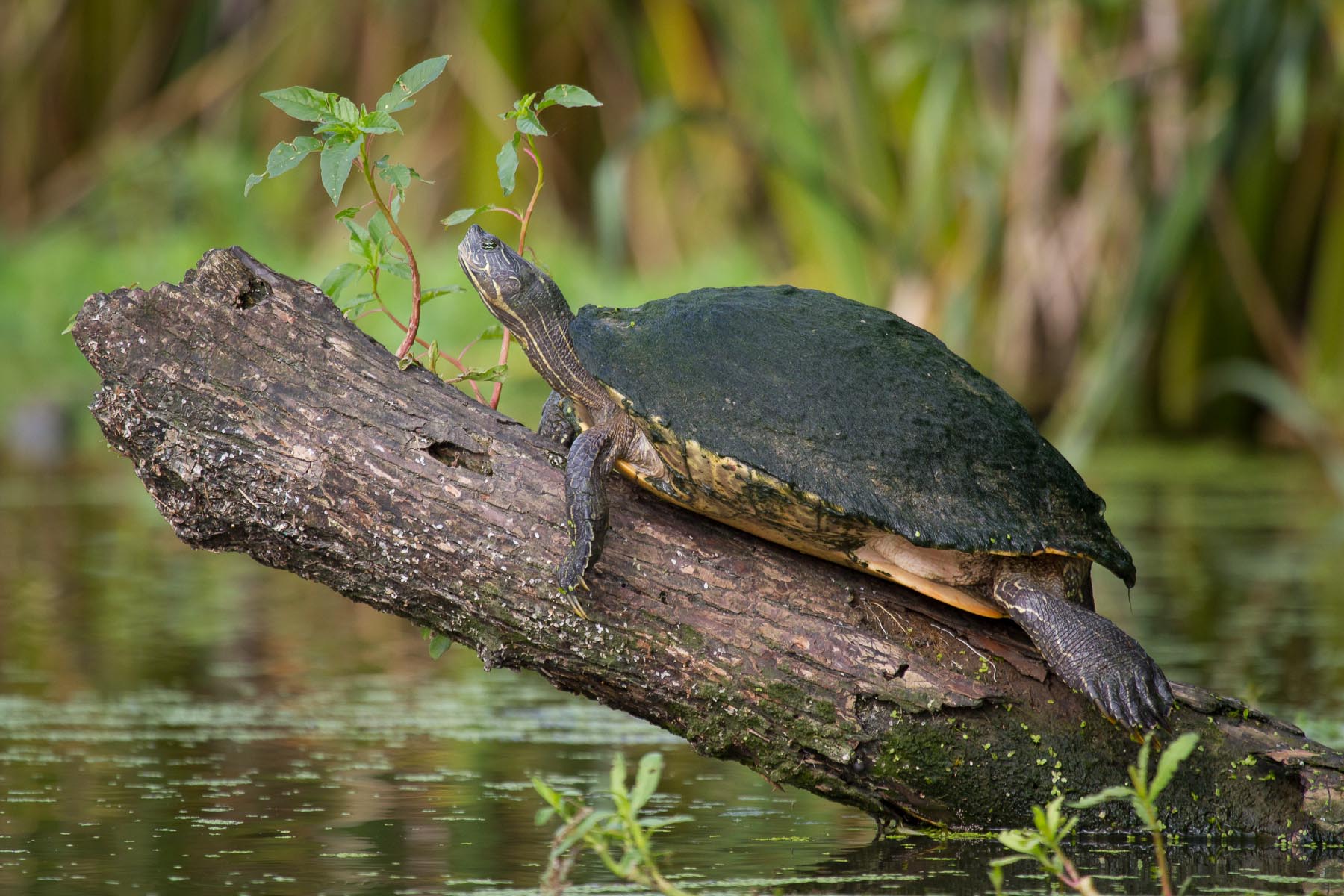Learn about the attributes of snakes, turtles, and alligators and discover why these often misunderstood animals are important. See live reptiles up close and have an opportunity to touch them. Also, hike our trails and look for reptiles in their natural environment. Extended program participants may choose from activities such as additional demonstrations with live animals and nature games.
Grades K - 12th
Group Minimum 10
Duration 2 Hours Fee $15.00/participant (children and adults)
Extended Program Duration 2.5-3 hours Fee $20/participant (children and adults)
Objectives
STUDENTS WILL:
Observe reptiles up close and in their native habitats.
Identify the major characteristics of reptiles.
Explore the different reptile groups (turtles, alligators, and snakes) and their main characteristics.
Identify adaptations that allow reptiles to survive and reproduce in their environments.
Vocabulary
Reptile - a vertebrate animal that: has dry, scaly skin; breathes air with lungs; is cold-blooded; and usually lays leathery, shelled eggs on land
Vertebrate - an animal with a backbone
Cold-blooded (ectothermic) - not able to regulate its body temperature, except by the external temperature or its environment
Scales - hard, finger-nail like coverings
Adaptation - a structure (body part) or behavior that helps a plant or animal survive in its environment
Camouflage - coloration, shape, and/or behavior that helps an animal disguise its appearance
Carapace - a turtle's top shell
Plastron - a turtle's bottom shell
Predator – an animal that hunts for and eats other animals
Prey – an animal that is hunted and eaten by other animals
Programs are adjusted to be age appropriate. All programs address the Science TEKS goal of engaging students in hands-on investigations of the natural world.
For specific, grade-level TEKS that may be included in our programs, see our Science TEKS chart below.
Pre and Post Trip Materials (PDF Format)





